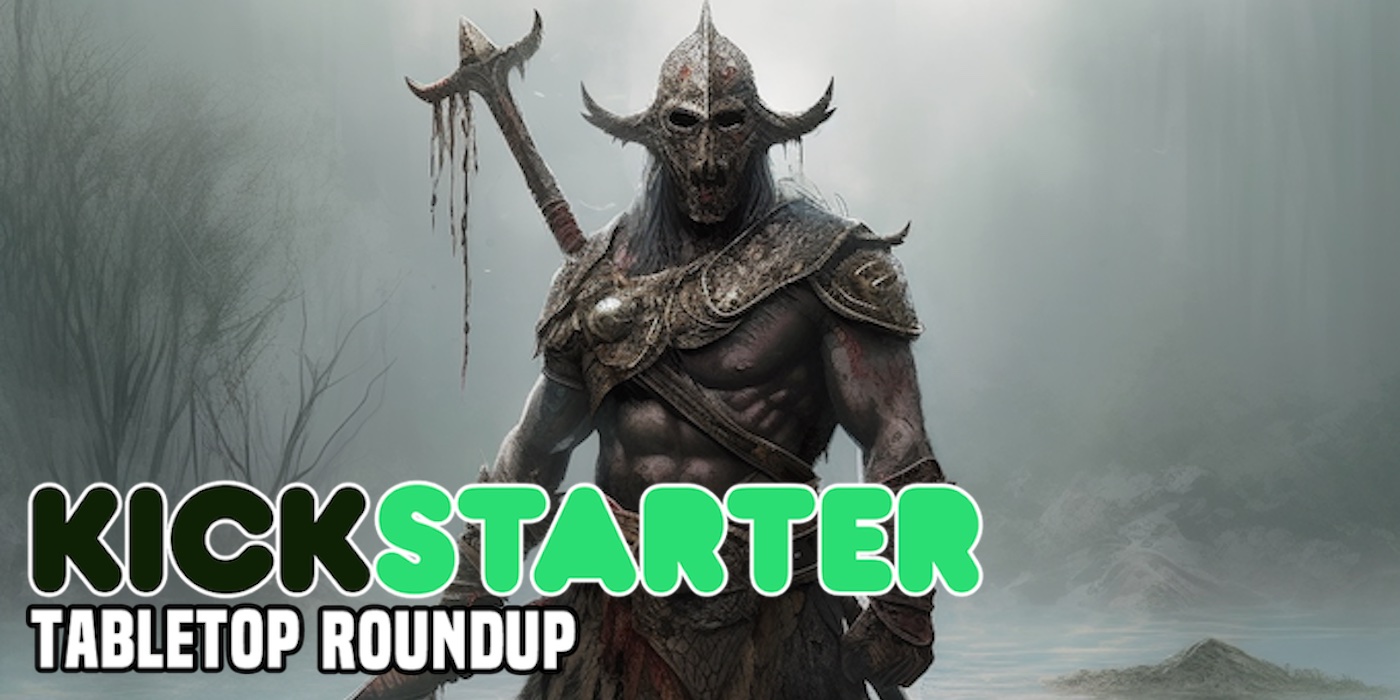‘Magic Realm’ – The 2nd Most Complicated Board Game Ever
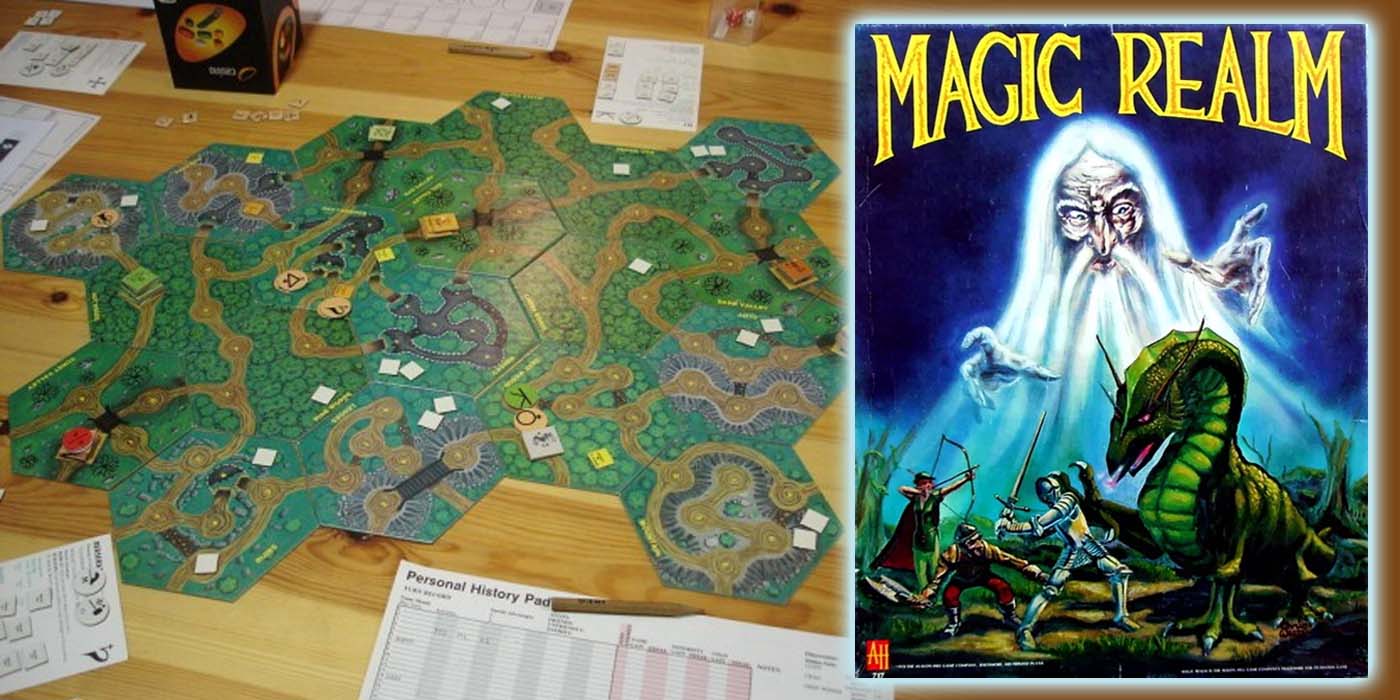

With so many ‘fiddly’ tabletop games out there, there must be some that go beyond the call of fiddliness. Magic Realm is a contender.
We here at BoLS are no strangers to complicated board games. In fact, it’s kind of our thing. Some time back, we took a deeper look into The Campaign for North Africa, which is widely hailed as the most complicated board game ever.
- The Logistical Nightmare That is ‘The Campaign For North Africa’
- The Logistics of the Logistical Nightmare That is ‘The Campaign for North Africa’
- The Combat of the Logistical Nightmare of ‘The Campaign For North Africa’

So it should come as no surprise that eventually we would ask the question, “But what about the second most complicated board game ever?” The answer to that, as far as I’m concerned, is…
Magic Realm
Magic Realm is a mostly competitive adventure game with resource management, unique player powers, and action programming mechanics. Plus so much more. It was released in 1979, the same year as Campaign for North Africa. The game plays for up to 16 players. There are that many characters to choose from and no reason you couldn’t have everyone running around at the same time. Maybe just block off your whole weekend for that.
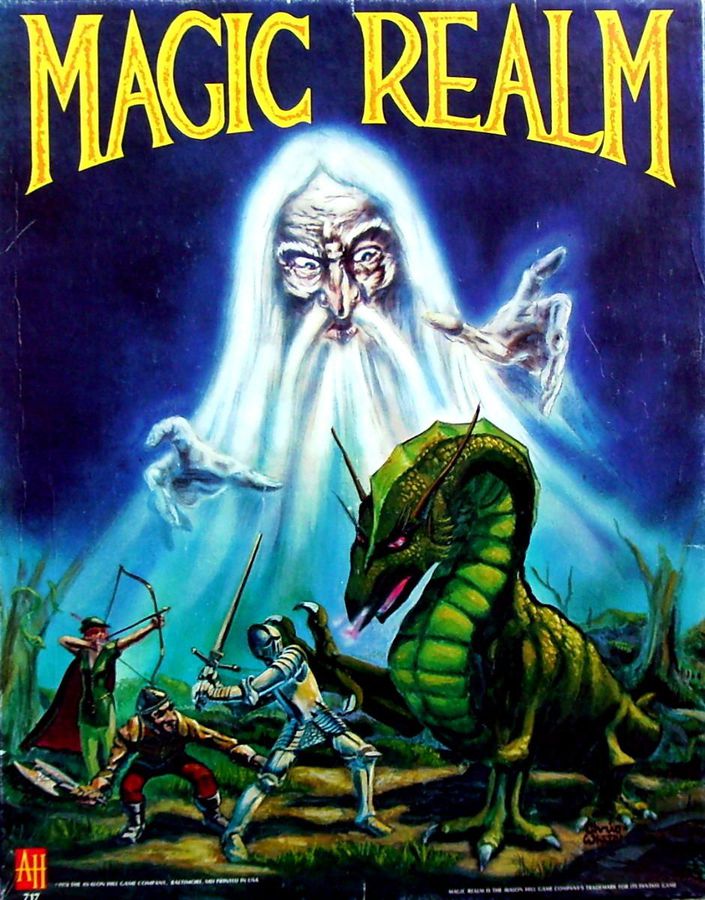
In Magic Realm, players take the role of wayward adventurers. They travel the land, hunt for treasure, battle monsters, and befriend the locals (or kill them, it’s up to you).
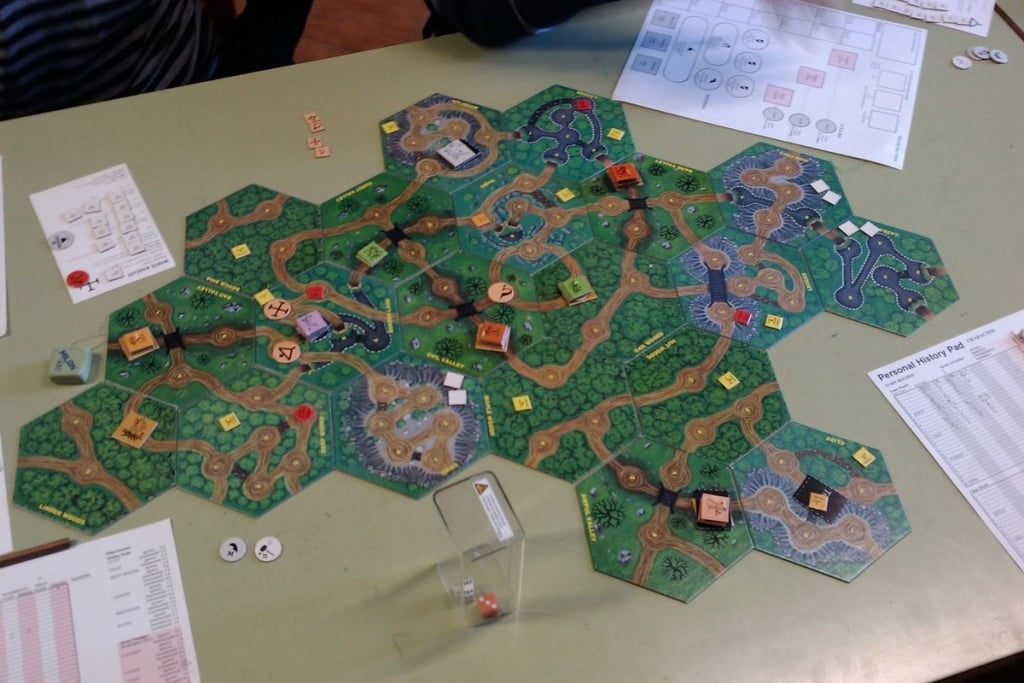
Because Magic Realm is so complicated, this is going to be a very broad overview of the phases of a turn. Don’t expect to be able to jump into a game after just this read, but for some more learning resources, stick around until the end.
How to Win
One of the many interesting things about Magic Realm is players get to choose their victory condition. At the start of the game, players select their victory conditions by distributing 5 points among the available Victory Categories. This determines their overall Victory Requirements.
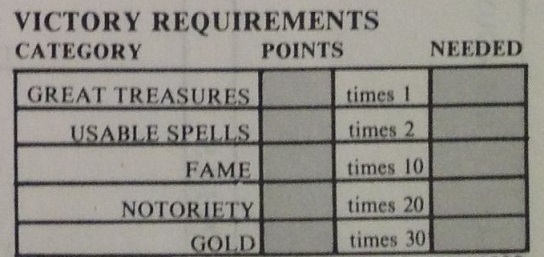
This is probably among the least important aspects of Magic Realm, but I think it’s just a cool mechanic. Some games swear they allow for multiple strategies to achieve victory. Magic Realm delivers on that promise.
Each game of Magic Realm plays over the course of 28 in-game days, where each turn is 1 day. Each day is broken down into multiple phases.
- Sunrise / Birdsong
- Daylight
- Sunset / Evening / Midnight
Sunrise and Birdsong (The Planning Phase)
Sunrise is the first step of the Birdsong phase. Some game effects occur at Sunrise, usually ending spell effects and the like.
During Birdsong, players will program their turns. Each player has a Turn Record which they will use to record the actions they will take on their turn. These actions are all recorded at the start of the turn, so players will have the plan their turns before they know how some of it will plan out. Typically players will do a lot of sneaking and scouting rather than jumping headfirst into an unknown clearing.
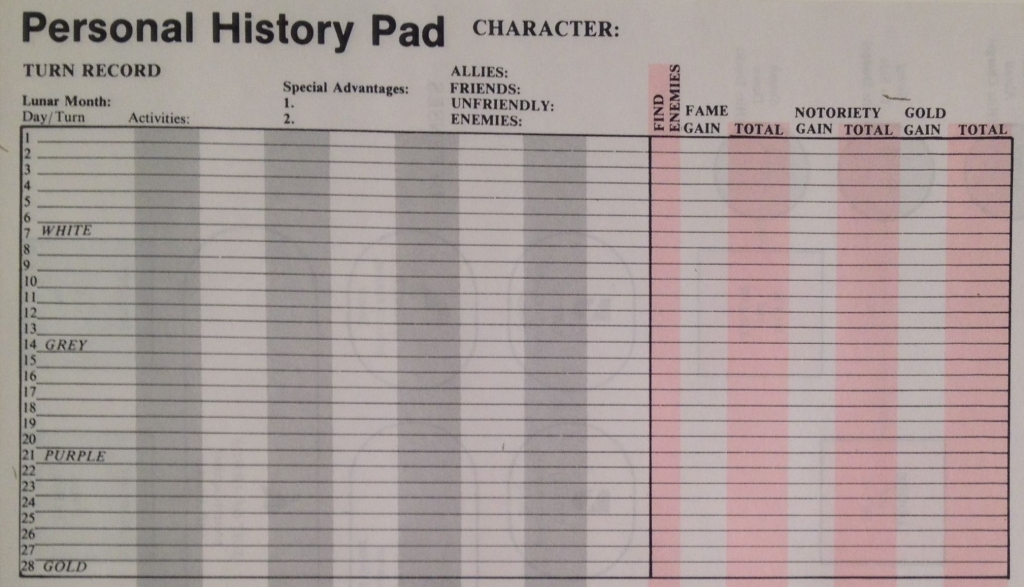
Daylight (The Action Phase)
Player turn order in Magic Realm is random each turn. Daylight is when characters will do the actions they chose during Birdsong.
The Move action allows a character to move into any adjacent clearing. There are potentially secret paths and tunnels as well, but the player will need to do the Search actions before being able to use them. There are also mountain tiles that require 2 Move actions to enter. Things like horses and some magic items will also affect a character’s ability to move.
The Hide action allows the character to roll a d6. On a 6, they fail to hide. Otherwise, they are hidden and can still perform other actions while sneaking around. This is mostly useful for avoiding encounters you’d rather avoid.
The Search action has tables of reference depending on which environment the character is searching, and what they are searching for. But it still boils down to rolling a die and checking a chart. The Search action is also how characters learn new spells.
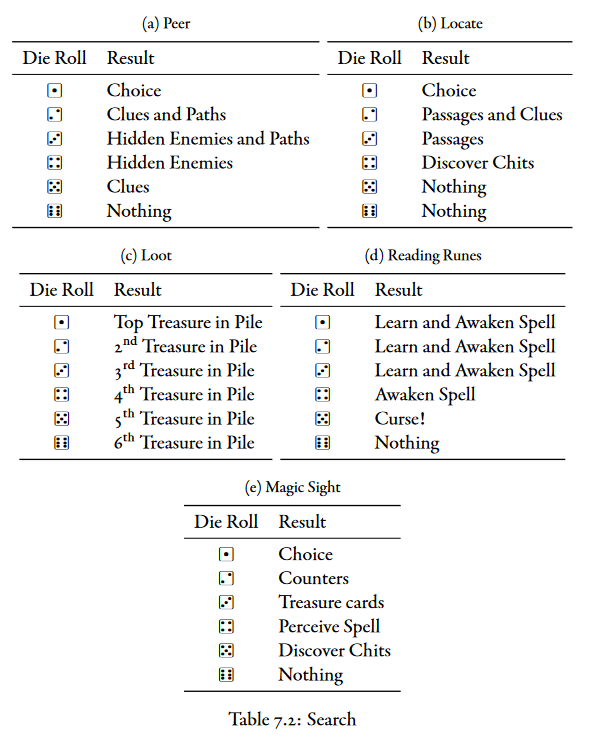
The Trade action is one of the ways characters can peacefully interact with the denizens of the realm, through buying and selling items. There are several denizens of the realm, each offering different things to the characters. Selling certain items to the right group will award Fame, which is one of the victory conditions.
The Hire activity lets the characters hire allies from the denizens. They can be useful in combat but can also assist with other actions as well. But there are also Leaders, which function almost like an entirely separate character for the player to control. All followers must be paid each day or they will leave. Some spells and such can even take control of monsters to temporarily join your cause.
The Rest activity is basically skipping a turn in order to remove damage and fatigue from your character. Nothing too crazy complicated here.
The Alert action is less of an action and more of a marker of what items and spells your character has ready in the moment. This determines which weapons your character is currently wielding.
The Spell activity (or Enchant in the updated fan rules we’ll discuss later) is not casting spells, as you might expect (hence the name change). Here, characters can either enchant magic they have to turn it into a specific type of magic, or they enchant a clearing on the map. Enchanting a clearing flips the tile itself, revealing a different side with other effects.
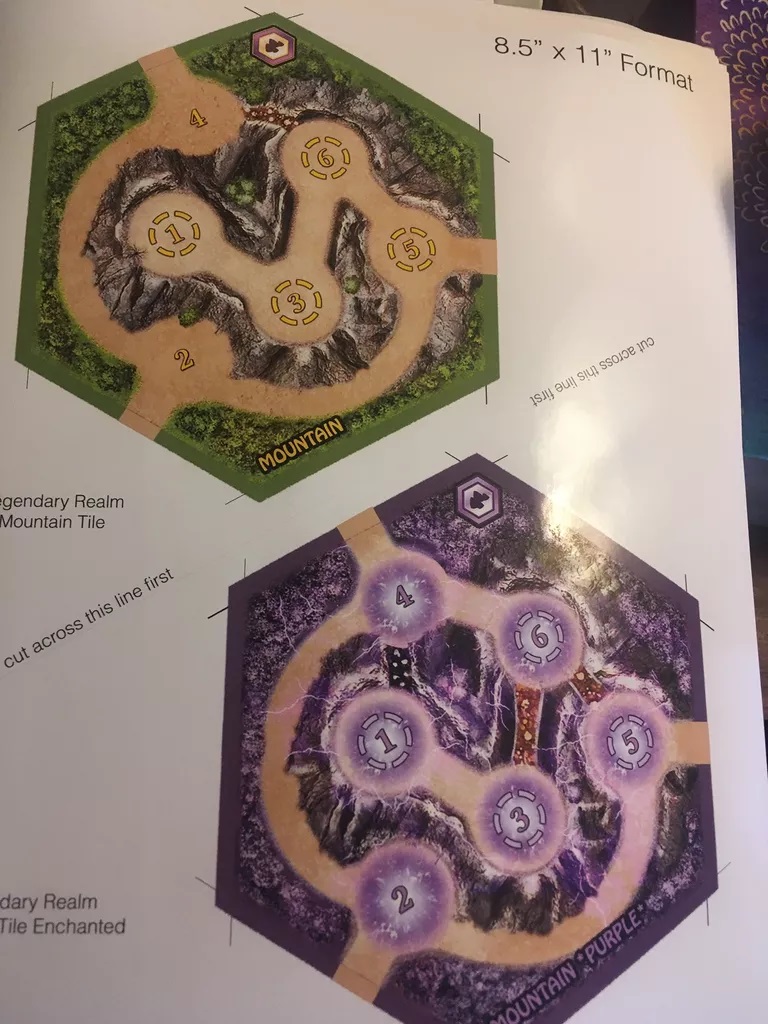
The Follow activity is just what it sounds like. One character copies the actions of another for that day. This makes coordinating actions with allied players a lot easier, but it is also used by NPC followers just as a default thing. Fortunately, each follower has the option to stop following at the start of any action. That’s just in case your “ally” had other ideas in mind during the middle of their turn.
The Fly action is essentially just the Move action, but without the frustrating annoyance of gravity. Characters will need magic to use the Fly action but can skip the paths and clearings and move to any adjacent tile.

Sunset, Evening and Midnight (The Combat Phase)
Similar to Sunrise, some game effects trigger at Sunset step of the Evening phase. Combat occurs during Evenings and is broken down into 3 steps: Encounter, Melee, and Fatigue. Since we spend so much time on the different actions, we’re going to pretty much skip how combat works for now. But we might circle back to that one day.
But in short, during the Encounter step, basically you’re figuring out who is attacking and how. During the Melee step is when you decide who you are attacking. Finally, Fatigue is when you start to lose certain action chits for using more exhausting maneuvers.
Midnight is another collection step where certain game effects trigger and things get wrapped up to ready for the next turn. And that’s the very quick and dirty breakdown of a turn in Magic Realm!
The Community
I should also mention the game has a huge fan community. And with any good fan community of an old game comes fan-made revisions and expansions. The widely accepted “correct” rule set is version 3.2. The rules for which can be found here. That PDF is a whopping 273 pages, so get some snacks ready.
However, a lot of fans recommend reading Stephen McKnight’s The Least You Need to Know to Play Magic Realm, which DRASTICALLY cut down the 2nd edition rules by a whopping 97% to a mere 8 pages, so forget the popcorn this time.
Finally, the Magic Realm website. It doesn’t seem official in any capacity, but it’s got plenty of guides and resources and links to anything you might need to get into this game. Even more finally, there is a fan-made visual re-design of Magic Realm available on Tabletop Simulator, which is still my new favorite thing. Actually finally, there’s Magic Realm Light 30, which is a solo print n’ play variant intended to give players an idea of what the full game is like.
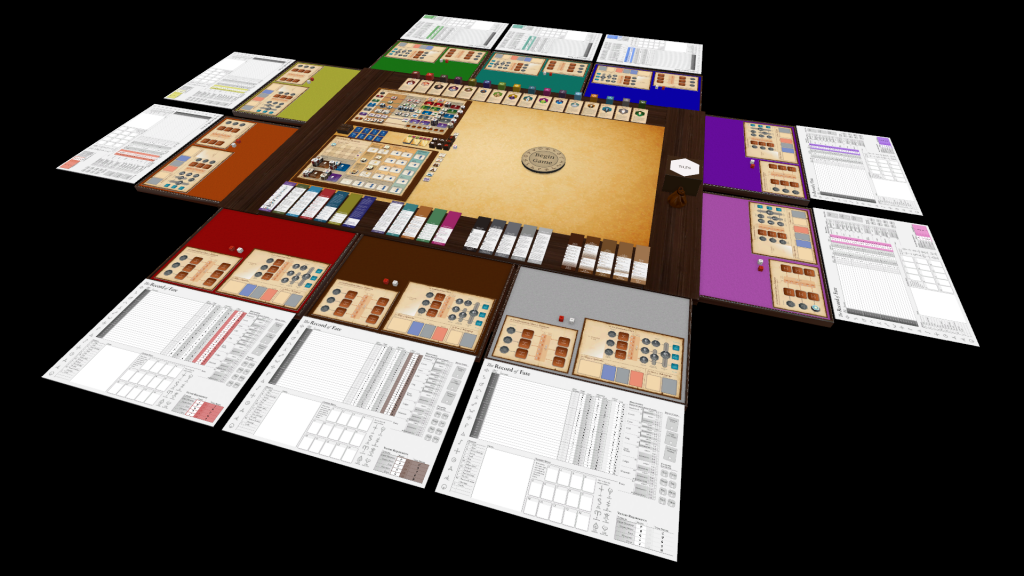
I wish I had the time or patience to play a game of Magic Realm, but I’ve had Scenario 4 of Gloomhaven: Jaws of the Lion set up untouched on my gaming table for months now, so I don’t expect it to ever happen.
Would you be interested in a more detailed explanation of the game?


